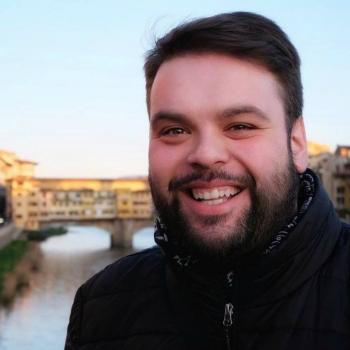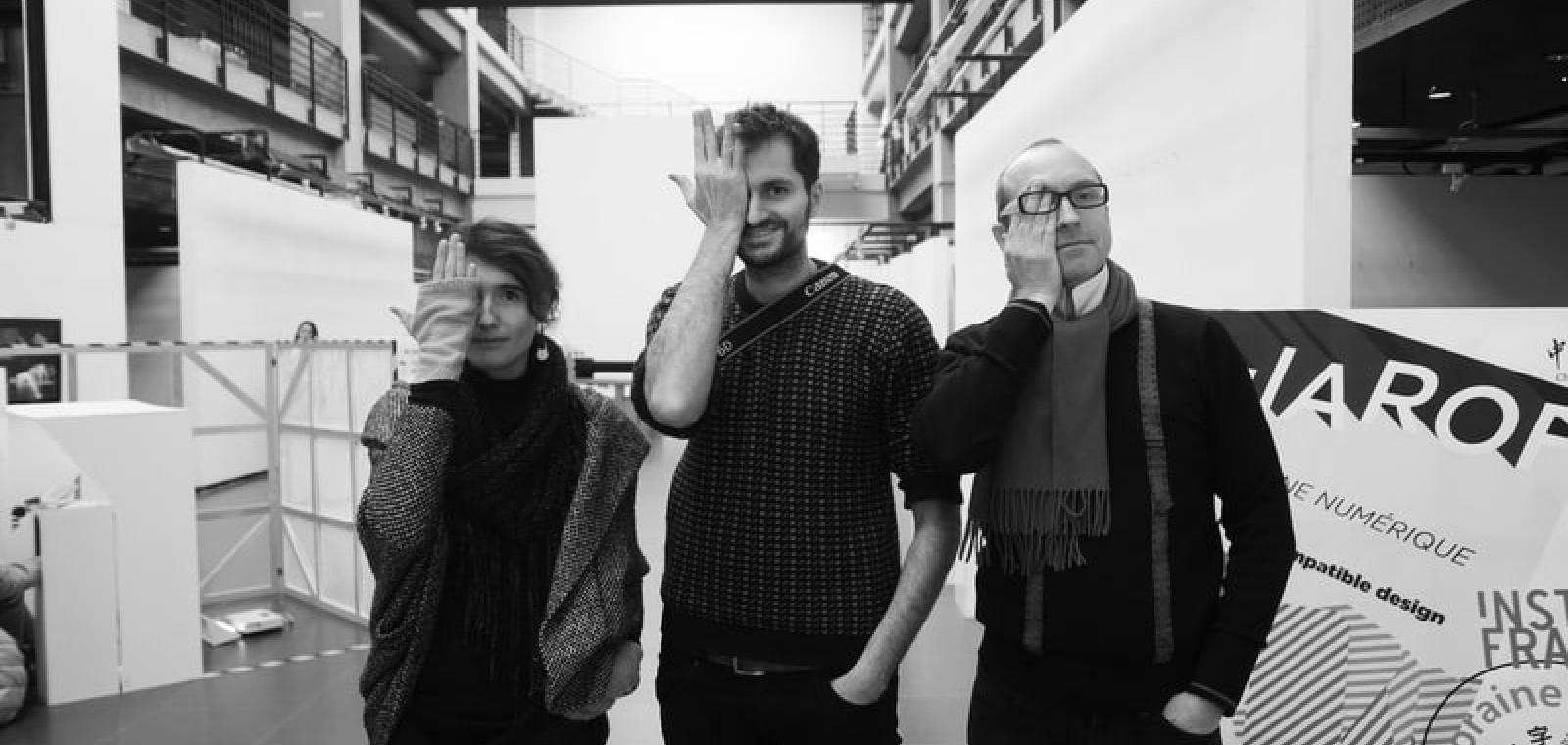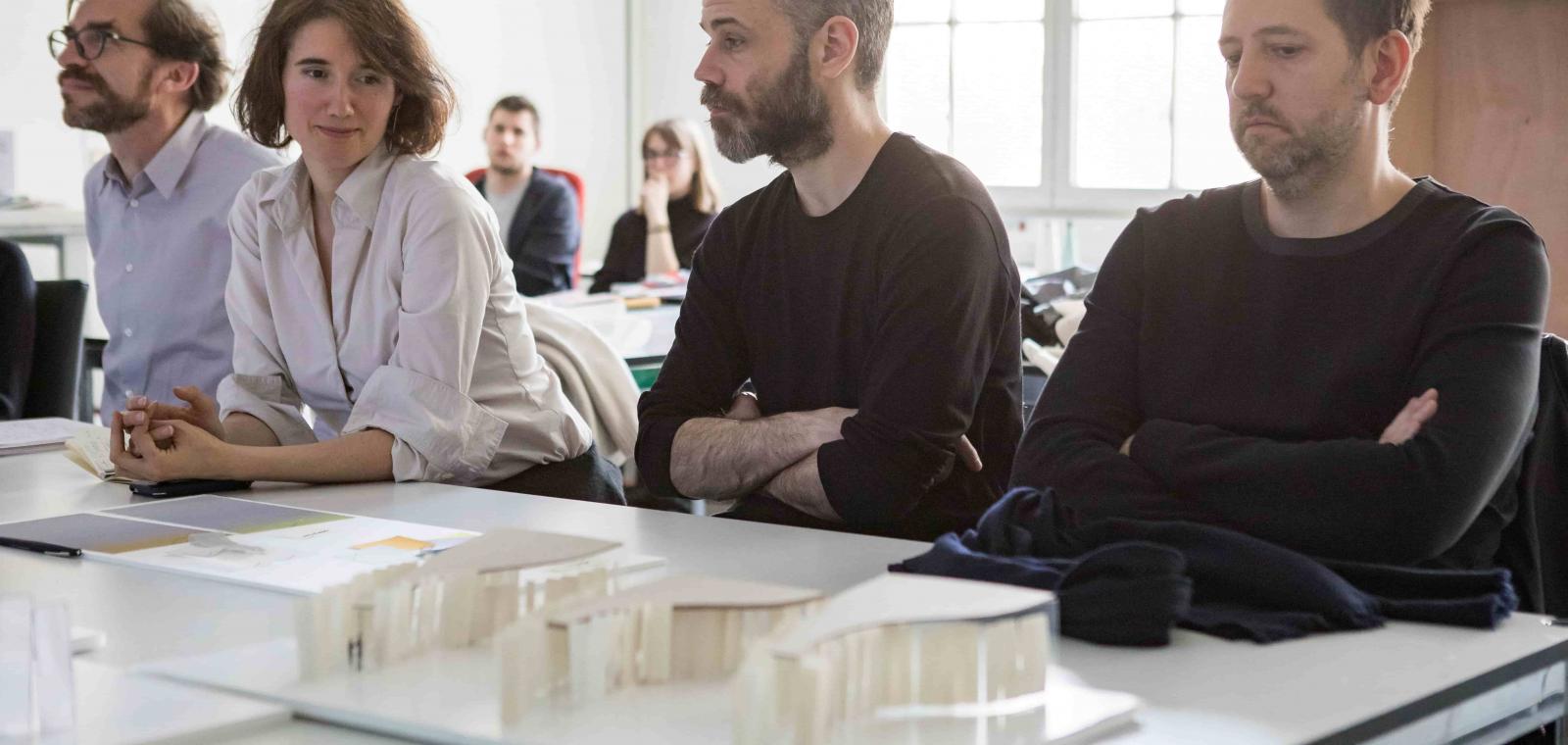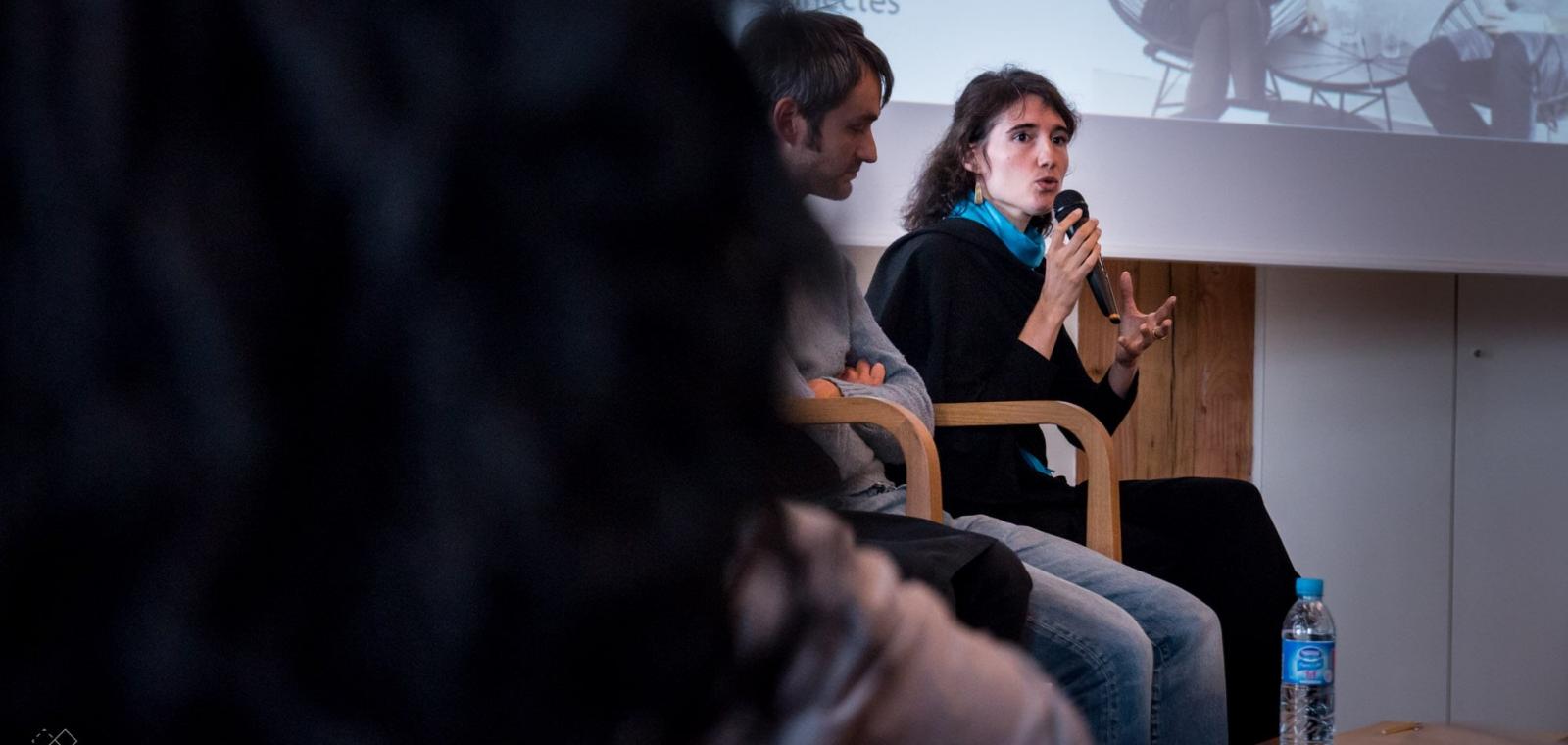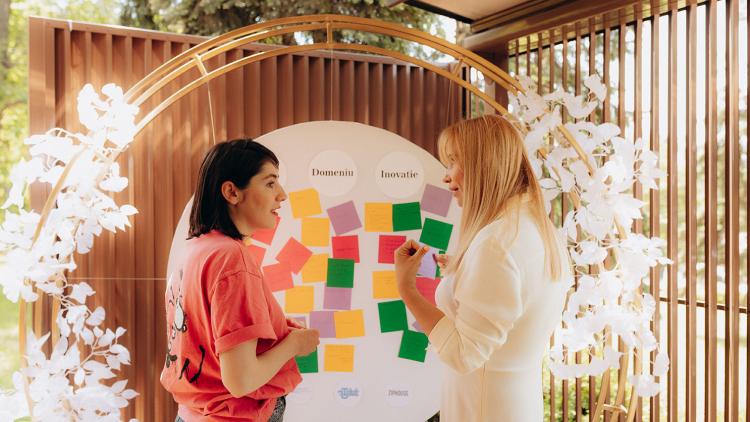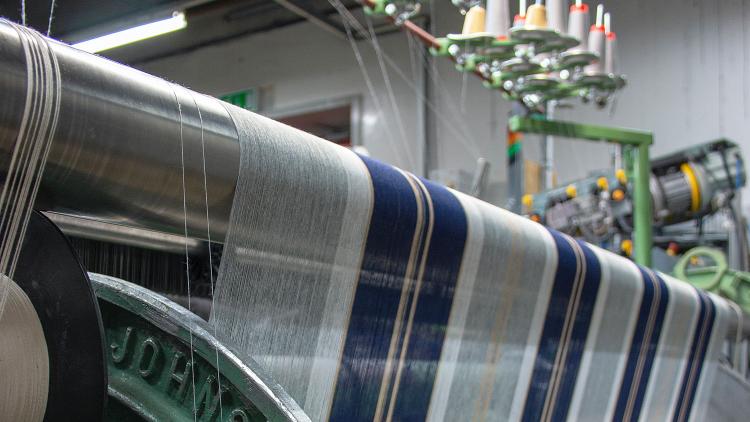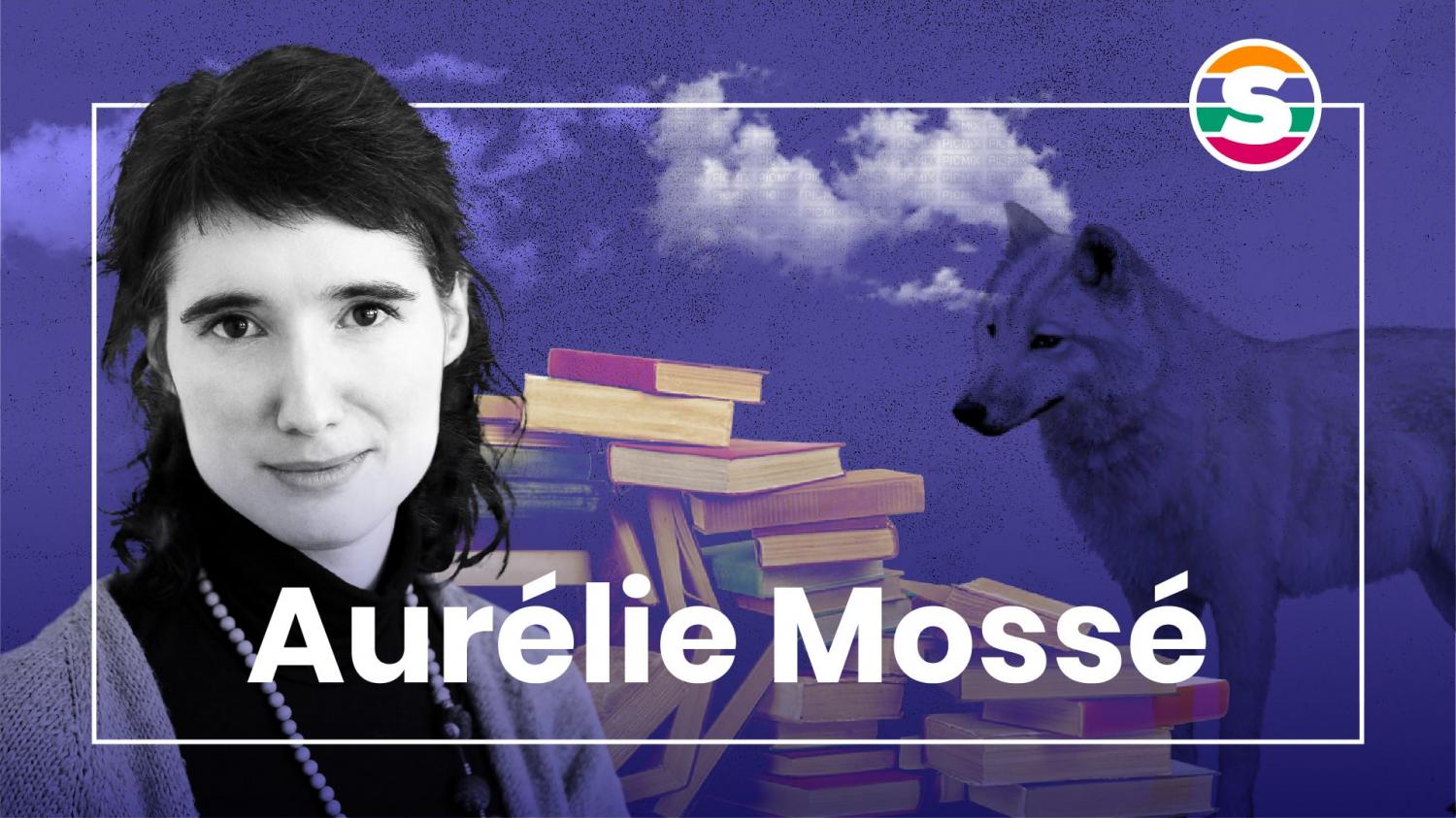
Aurélie Mossé explores how new technologies can inform more resilient and poetic living spaces.
Aurélie Mossé is a researcher, educator and textile design expert. She co-leads the Soft Matters research group at EnsadLab where she introduces students to new technologies and sustainable challenges.
For the shemakes Voices series, Aurélie Mossé is interviewed by Frédérique Thureau, coordinator of the shemakes project and member of TCBL Association.
Frédérique Thureau: Was there a specific moment that you knew you wanted to be a textile and clothing researcher?
Aurélie Mossé: It has always been part of me. When I was a kid I wanted to become a fashion designer. Things changed slightly when I realized that my interest in fashion was much more related to innovation and materials which led me to research. I guess I have always known that fashion was going to be my path. And I had the fortune to meet quite a few people along my way that helped me to keep my motivation high.
FT: Do you have an image or an artifact that describes this very first moment when you realised that textile design and research was your way?
AM: I answered a call I saw in a magazine, I don’t remember which one, giving designers the opportunity to write and share ideas with Christian Lacroix. I sent a few of my designs and then totally forgot about it. After almost a year, I received a very supportive and touching answer that convinced me to go forward. I guess that was the moment. But I would also include the influence of lesser-known artists whom I met through my mother that were very supportive of me.
FT: You have a very diverse background. Can you describe your training?
AM: Central Saint Martins was the place to be and I did everything in my power to go there. For my masters, I switched to “Material Futures” and it was very strategic because I actually got into research and textile innovation. Intense years, I would say. But it gave me the opportunity to develop a much more interdisciplinary research practice.
FT: What was more intriguing, attractive about “Material Futures” than other Masters of Arts?
AM: When I started my fashion studies at École Duperré in Paris I learned how to design a collection, to have a good sensibility towards the soft and the flexible and the importance of colors. The basics, which are fundamental. But I was also very interested in tackling issues of sustainability and nothing was really happening at that time, so I decided to move where the debates and the research started: London. I wanted to explore textiles and digital technology and I couldn’t because we didn’t have the means in Paris. And I wanted to practice my English, of course!
FT: Have you travelled to any other countries after your experience at Saint Martins?
AM: Well, my experience in London led me very directly to undertake a PhD in Denmark in a research center called CITA - Centre for Information Technology and Architecture based in the Royal Danish Academy. This has been very decisive in my understanding of what design-led research is and how you can work in the course of many fields.
FT: Let’s talk about being a woman in the T&C industry: is it a positive thing or a barrier?
AM: I think that my field is very much woman-dominated. It is undoubtedly true there is a lack of women in the academic area in general. Probably the academics that have been supervising my PhD experienced a lot of biases about textile design being something highly feminine, not really theoretical and more practical. Things were changing when I started and I honestly haven’t felt a lot of barriers personally, especially because I was living in countries where gender mix and equality are stronger than elsewhere. Living in Denmark was actually a good point to start reflecting about my own experiences prior to and after living and working in France.
FT: If we want to encourage women to work in the T&C industry, do you think we need to encourage them to develop particular skills?
AM: I am going to be provocative about this one, but I don’t think we need to encourage women since textile design is already a woman-oriented field, we actually need to inspire men to join textile studies and overcome gender biases. I don’t think we have a problem in attracting women to this field, but we do have a problem with women as leaders, entrepreneurs and decision-makers. We should help women to build their self-confidence and the power of pushing themselves in new challenges.
FT: How would you define innovation in your practice?
AM: Sustainability through materials and processes that are more respectful of the environment. I am currently working with a PhD student on how we can weave textiles in other shapes rather than rectangular, another one is working on how we can make a ready-to-wear garment straight out of the loom. It’s always challenging, always beautiful.
FT: What do you think is going to disrupt the T&C sector?
AM: I really believe we need new techniques of production and fabrication and what I am really interested at the moment is what some people call “Bio-Design”: the idea of designing with the living - like bacteria, trees - and what processes we should adopt.
FT: In nature, things grow but also get old... is this something you think about in your research?
AM: Time is something you need to tackle when you get into sustainability, that’s for sure. What is really important as a designer is to understand the relation between the duration of the material and the duration of the time of use. Our problem is that we produce beautiful garments with good materials that we use for a very short time. I want to explore how smart textiles can actually help us to reconnect to the time of nature.
FT: What advice do you have for women innovators?
AM: Trust yourself, trust your intuitions, don’t hesitate to create your support team to help you along the way and don’t think that boundaries are impossible to overcome. Nothing is impossible if you work hard!
Prior to the digital interview we asked Aurélie to respond to questions to get to know her better. The result is the image featured above that reflects her work, ideas and outlook on life.
If you were an animal what would you be, and why? A wolf: wild but social, loyal and faithful, for its instinctiveness and the thirst of freedom it represents.
What city do you identify with and why? Copenhagen for its architectural sense and its excellent quality of life supported by a strong ecological consciousness. I enjoy Paris for its vivid literary life, its sophistication, its romanticism but also because it is where my creative career took off.
If you were to leave your favorite object to the next generation, what would it be and why? Without hesitation it would be a book, which one is another matter but they are intimate companions opening doors, framing new perspectives, providing comfort, supporting dreams, favoring introspection and critical thinking. Without them my life would be totally different!
What impact do you hope your work will have on the future of the sustainable fashion industry (or beyond!)? As a researcher and educator, I hope that my design-led experimental approach to research becomes an inspiration for others, that the most relevant aspects of this work can be multiplied wherever it makes sense in order to get out of the lab and reach our everyday in one way or another. We are in crucial need of change and I wish what I do can contribute to a more resilient balance.
Shemakes voices is the digital interview series that celebrates women innovators in the textile and clothing industry. Each month a partner of the shemakes consortium will dialogue with one of our advisors: a diverse group of women who have succeeded in building movements or services, or exploring innovations and technologies in the textile industry.

